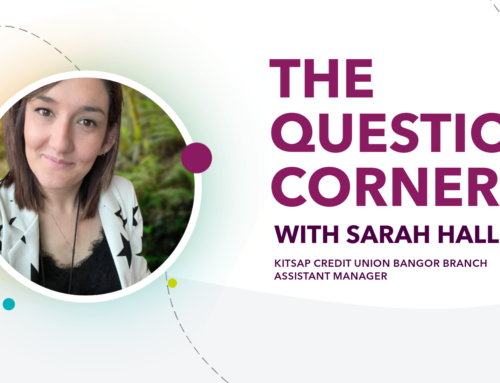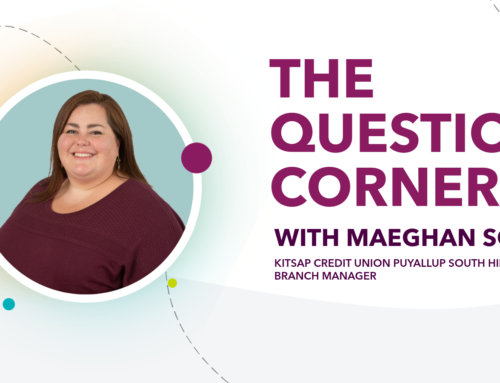We know saving money can be hard. After all your bills are paid, it doesn’t always seem like there is a lot leftover to put into savings and still have any room for spending. That’s why we wanted to introduce a different approach – spend wisely. Rather than saving as much as possible, allow yourself to spend, but make sure your spending is planned, recorded, and analyzed.
Focus on Spending Well
Rather than only focusing on the end goal of building your savings, focus on how you’re spending your money first. Make a plan and make it attainable. Start by finding out how much money you have left after your bills, then decide how much of that you get to spend.
Needs vs Wants
Now that you’ve decided how much you get to spend, plan your spending. This is the point where you need to think about your needs and your wants. We all need to spend money sometimes, but we need to be intentional about our spending. For instance, if you need new shorts for summer, you don’t need $75 shorts when the similar $30 shorts in a different brand are available.
Record Your Spending
This is more than just writing down the numbers, you also need to write down why you spent this money, and how did it impact you. For instance, you have a coffee shop expense. Why did you need coffee that day? Was it habitual? Was it a reward? Were you having a hard day and decided to treat yourself? Understanding your why will help you make good decisions in the future.
After you record it, categorize it too. This will help you break down exactly what you spent in each category at the end of the month.
Try Using Cash
It’s easy to overspend when you’re using your debit or credit card. Instead, try using cash until you get the hang of it. Cash is tangible, so it forces your spending to be more deliberate. After you pay your bills and determine your spending fund, pull that amount out in cash. Then you have to watch the money leave your wallet every time you decide to buy something unnecessary.
Analyze Your Work
At the end of the month, pull up your record and analyze what you’ve spent. Not just the numbers, but the whys. See where you’re overspending and why you did it. Understanding your behavior is the first step in making real changes. Once you understand how to spend wisely, you’ll be able to watch your saving account grow.






